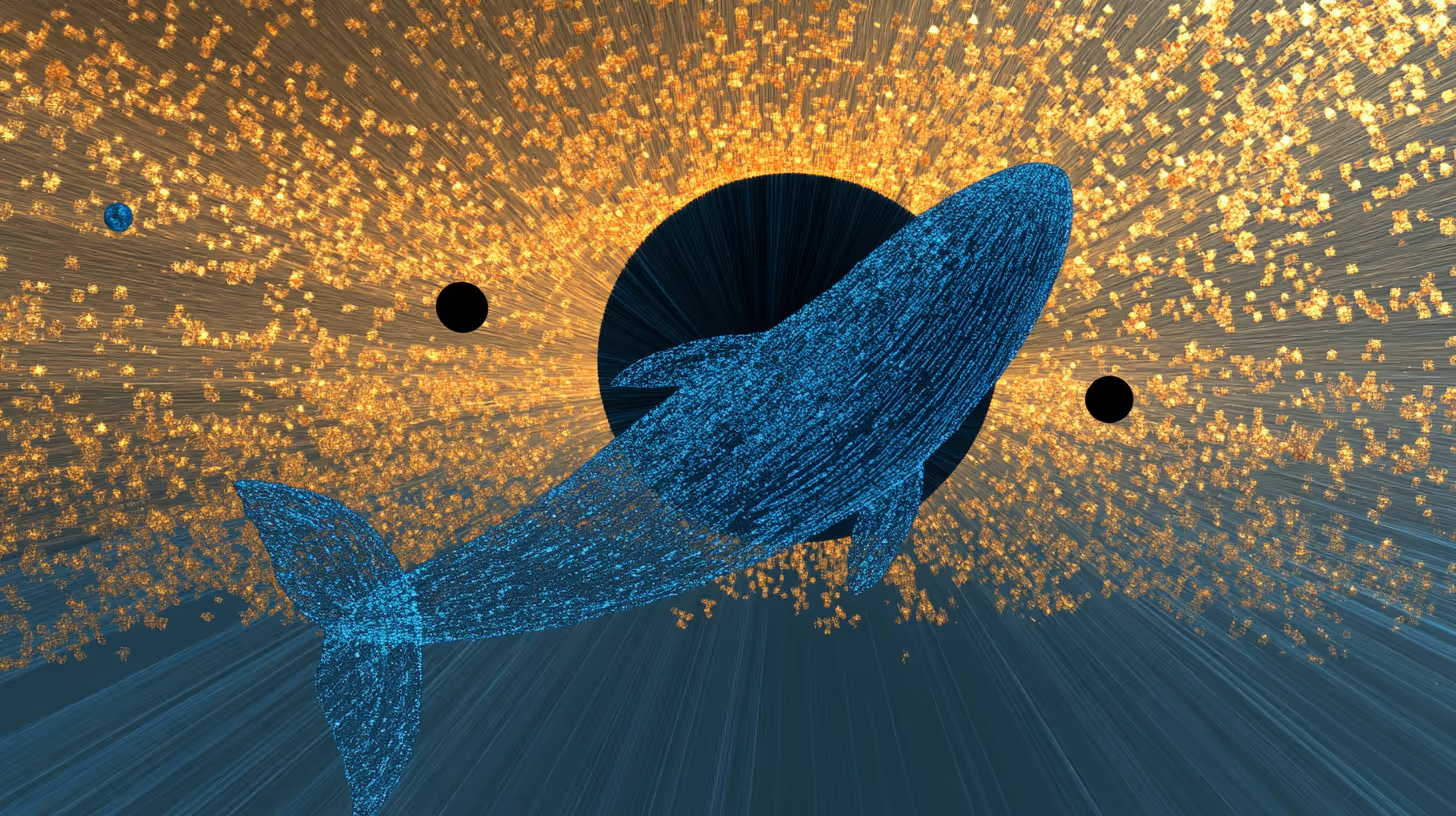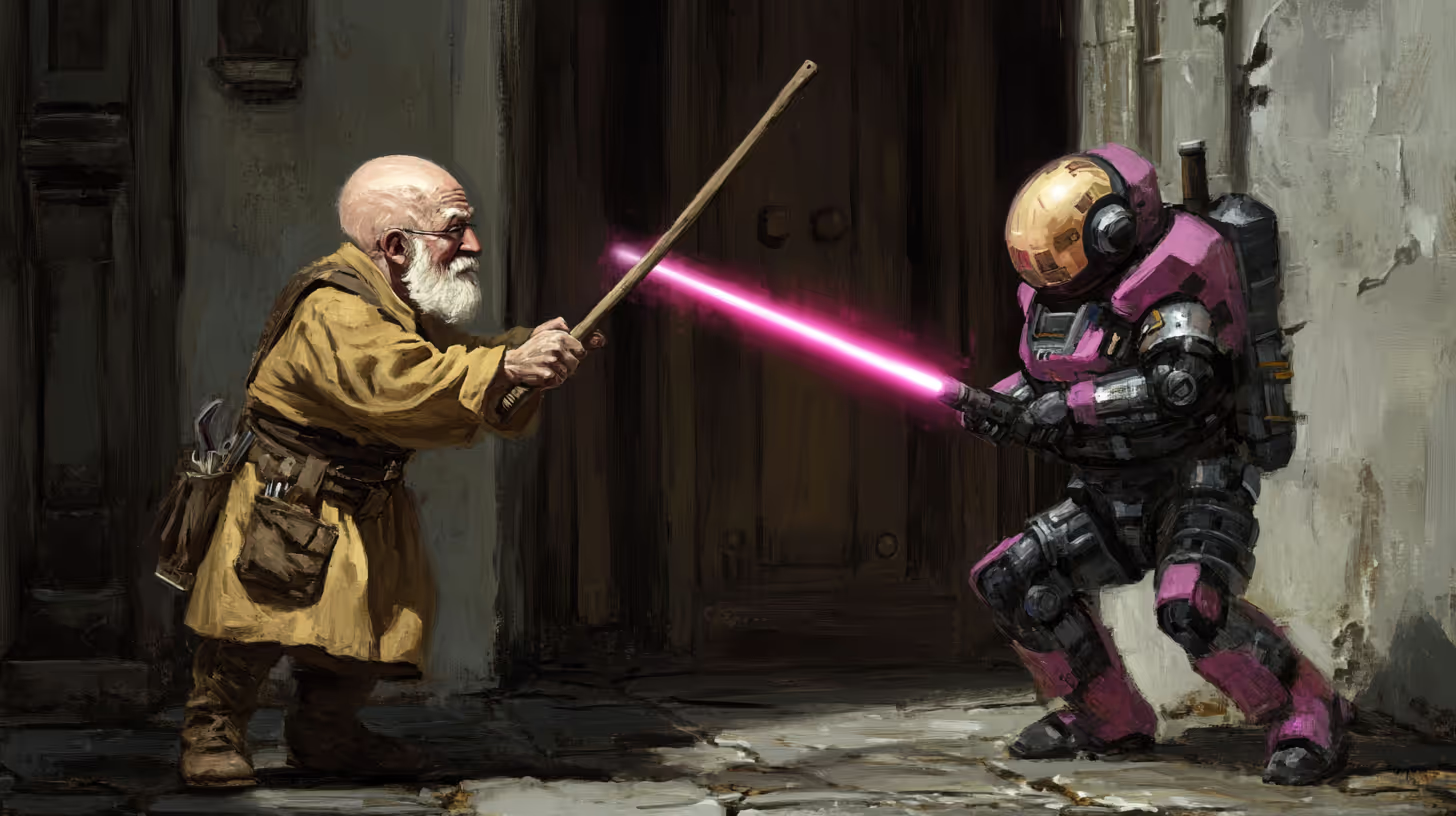Competition has been heating up between the various general-purpose AI models. As we followed the debates and analysis, I started thinking about how these technology companies – making such a massive cultural and economic impact – were relating to us, their audiences and the world. And, as serendipity would have it, a few of the major players unveiled recent rebrands and logo designs. I decided to compare three different companies: OpenAI, because it has been the gravitational centre, DeepSeek because it's a wildly powerful outlier, and Grok, as singular product and competitor to OpenAI's ChatGPT.
OpenAI's Brand
OpenAI was founded in December 2015 by prominent technology figures – including Elon Musk, Sam Altman, Greg Brockman, Ilya Sutskever, and others – with the mission of ensuring that artificial intelligence benefits all of humanity. Initially established as a non-profit research organization, OpenAI set out to develop artificial intelligence technologies that were safe and broadly beneficial. Although AI research has been in the works for decades, and really made significant breakthroughs in the past decade, OpenAI can be credited with sparking the public AI revolution with the release of ChatGPT – the conversational interface that suddenly made artificial intelligence accessible and, really common to our culture and daily lives. Since then, the brand and expectations of OpenAI have shifted, as many have criticized the organization's shift into resembling more of a closed, for-profit entity, than an open initiative focused on safety and transparency as humanity grapples with AI.
Since the exponential success of ChatGPT, OpenAI finally announced a rebrand and unveiled their new identity and brand system in February 2025. Developed in-house by Veit Moeller, Head of Design, and Shannon Jager, Design Director, the team worked with ABC Dinamo (Berlin) and Studio Dumbar (Rotterdam) to develop the identity and design system that will underpin all of OpenAI's communications and product experiences for the foreseeable future.
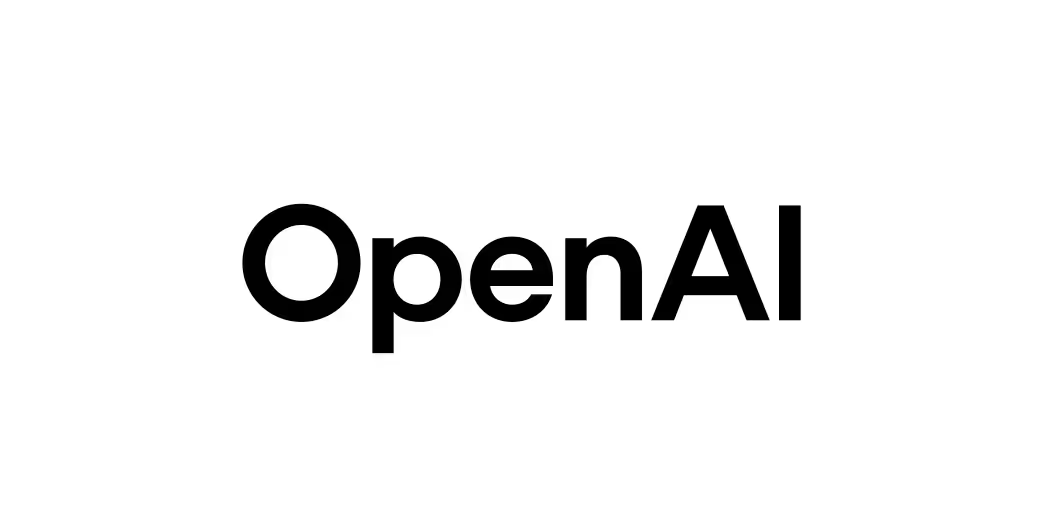
Up until now, OpenAI's brand was a bit random. Which is to be expected when a research-focused firm suddenly blows up into a product company serving hundreds of millions of users. The new identity is based on a black dot – the starting point from which the AI company vectors out into possibilities, products and response to inputs. The basic geometries of this point were extended into an ecosystem of graphic devices which gave rise to a custom typeface and new palette.

The "blossom" – the icon that has come to represent ChatGPT – had been with the company since 2016, but now has been redrawn and refined to bring it into congruence with the weights and balance of the new identity. OpenAI has become the defacto canvas from which everyone is imagining their relationship with artificial intelligence, and so the brand doesn't impose itself on the world, but seems to want to sit in relation to it.
The overall experience of the new brand is clean, open and quite refined. There's a certain humility to simply expressing the brand with incredibly simple typography, messages, and natural photography. As a foundational AI company, acting as the platform from which they not only develop their own applications, but also enable the development of so many other applications, the OpenAI brand appears as an institution, almost a utility, that other companies, and therefore other brands, will build on to express themselves.
DeepSeek's Brand
DeepSeek positions itself as a pioneering, research-first AI company that challenges the long-held notion that cutting‐edge language models require enormous financial and computational resources. Founded in 2023 by Liang Wenfeng and backed by the hedge fund High-Flyer, DeepSeek burst onto the scene by developing high-performance, open-source LLMs at a minuscule fraction of the cost typically associated with Western counterparts.
At its core, DeepSeek’s brand emphasizes engineering efficiency and innovation. Its models – like the acclaimed R1 – are designed using novel optimization techniques that drastically reduce training costs and resource demands. This approach not only disrupts financial obstacles in AI development but also democratizes access to advanced AI, reinforcing a message of technical agility and a commitment to open collaboration.

The brand carries the personality of a scrappy tech disruptor, rather than the almost institutional and academic feelings evoked by OpenAI. The narratives around DeepSeek reflect the company's role as both a tech wonder and a symbol of China’s influence in the arena of global AI.
While its products are engineered to perform at levels comparable to leading American models, the company’s open-source philosophy and research-driven culture set it apart. This identity is rooted in scientific curiosity and a willingness to freely experiment without the pretentions and exclusivity of big tech in the West.
The hues of blue, the literal whale as a logo, and the name, are a direct expression of swimming through figurative oceans of data. DeepSeek appears to be an independent giant that is adept and comfortable traversing the depth and breadth of technological possibilities in its natural environment. The company's distance from North America, and the competition that was reinvigorated with the gobsmacking performance of their R1 model, positions DeepSeek as a sort of "Sputnik" amongst its Western competitors. This is visible in the simplicity of their brand and communications.
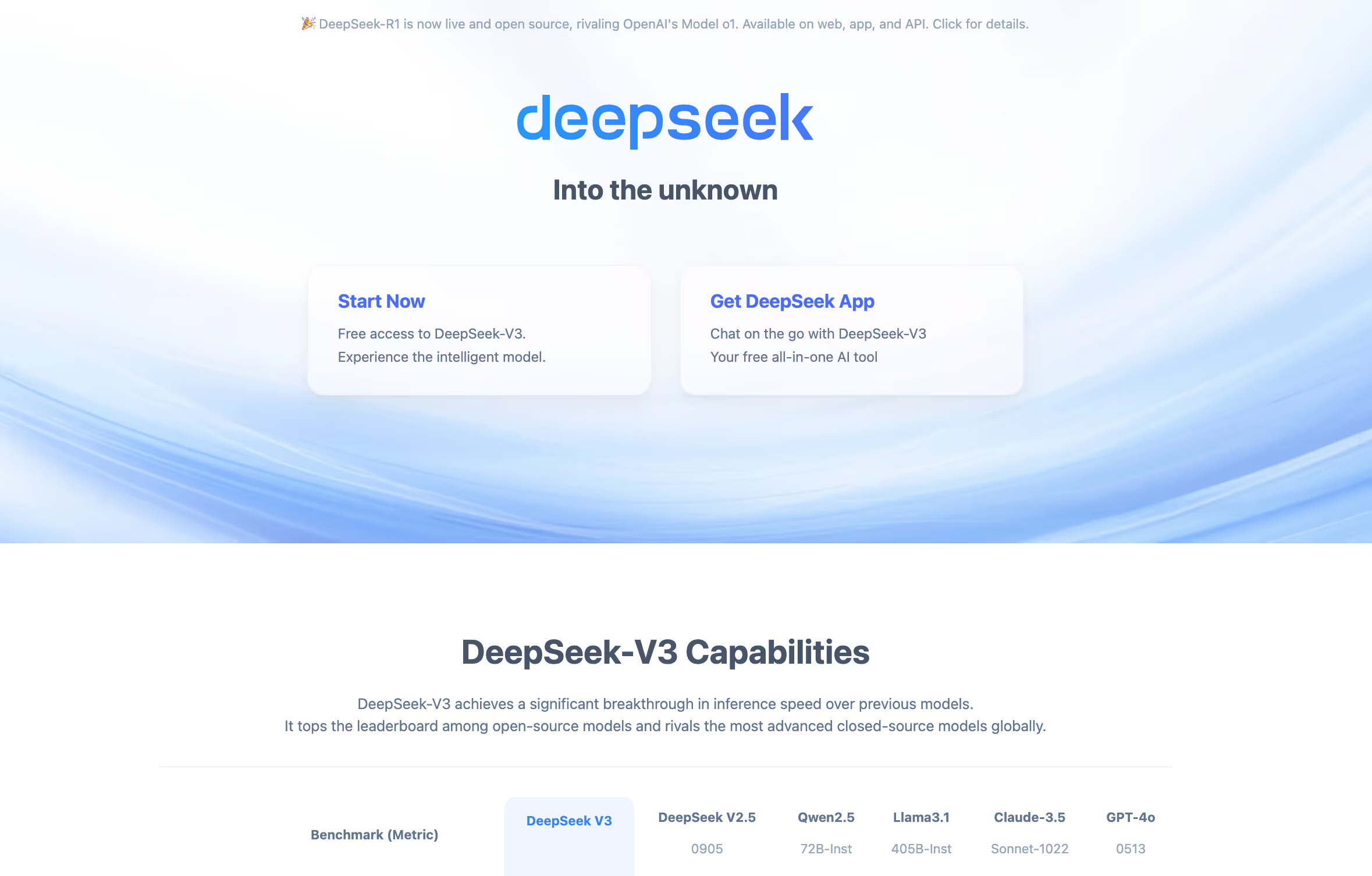
Whereas OpenAI likely undertook massive investment to create a relatable brand that appears simple and accessible, DeepSeek is probably more authentic in that regard. Everything about their brand breathes immediacy and efficiency. Their homepage is a table of performance benchmarks, and the links just take you to their various GitHub repos and API docs. It all feels powerful and just a little bit "hacky" – and that's a really good thing.
The realest part of DeepSeek's brand is that you can't find anyone online taking credit for designing their logo. Like, who cares?
Grok's Brand
Grok – a phrase coined in science-fiction, meaning "to understand something thoroughly and deeply" – is also the name of the LLM chatbot developed by xAI, Elon Musk's response to the fallout with OpenAI.
Beyond its integration into X and constant hype by the Tesla and SpaceX founder, Grok deserves a lot of attention for a number of reasons; not the least of which is the fact that it's powered by the Colossus – a cluster of 100,000 Nvidia GPUs making it the largest AI supercomputer in the world.
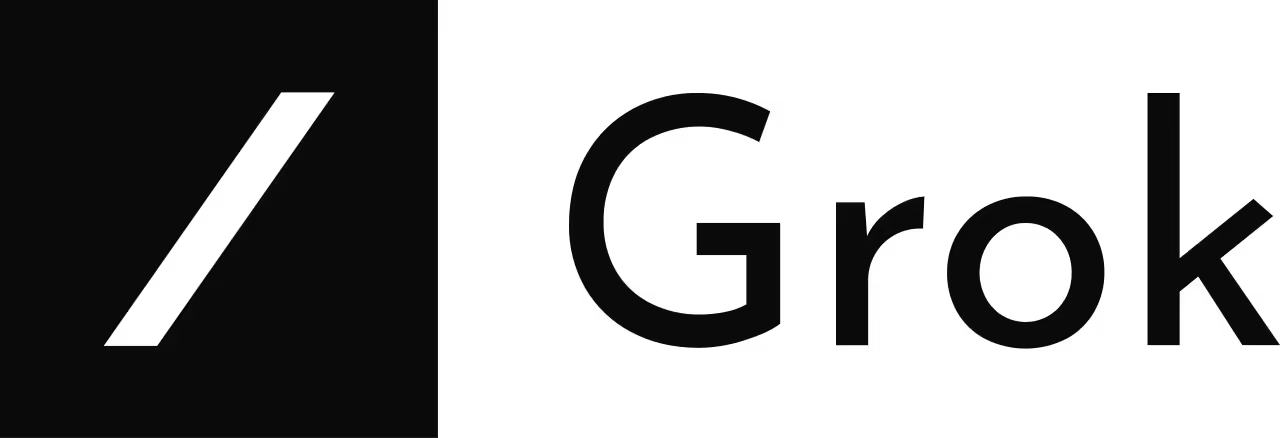
Grok's integration into X is an expression of the product's values. The deep and intuitive understanding promised by the brand is only possible if it is attuned to public discourse and realtime data. In this way Grok truly "groks" what's going on in the world and is able to respond to inquiries in ways that are both current and rich with contextual relevance. The Grok logo, up until recently, was a forward-slash – something quickly recognized (by anyone that's used messaging tools from IRC to Slack) as the beginning of a "slash command" that is used to invoke a special function. This simple logo was congruent with the suite of tools and products around the X platform, and also seemed true to the product's intent to be invoked in live, relevant and meaningful ways.
But, that's not why I'm excited about it. I mean, we're all watching the AI arms' race closely, and the compounding announcements of how many billions of parameters a particular model is trained on, or the vastness of its underlying computing resources are becoming almost blasé at this point. What I have found most astonishing recently is Grok's new logo.

the brand mark pulls inspiration from the mystery and power of a black hole."
– Jon Vio, Grok logo designer
The new logo was designed by Jon Vio, a freelance digital artist and designer who has worked with clients ranging from tech products to aerospace. Anyone who is a fan of science fiction or space in general will instantly recognize the inspiration – a black hole. The first time a black hole was accurately depicted was in the 2014 movie "Interstellar", and this depiction was based on theoretical physics alone. The first time we actually "saw" one was in 2019, when astronomers revealed an image of the black hole at the centre of the Messier 87 galaxy.
Nothing escapes a black hole, not even light. This phenomenon is visible in the accretion disc that surrounds a black hole, where light and time are bent at the event horizon. We also see an intersecting slash of light acrosss the black hole – this is the light that is being bent across the accretion disc on our visual plane as we peer into the mysterious void of the singularity. I can't think of a more perfect metaphor for our current understanding of large language models.
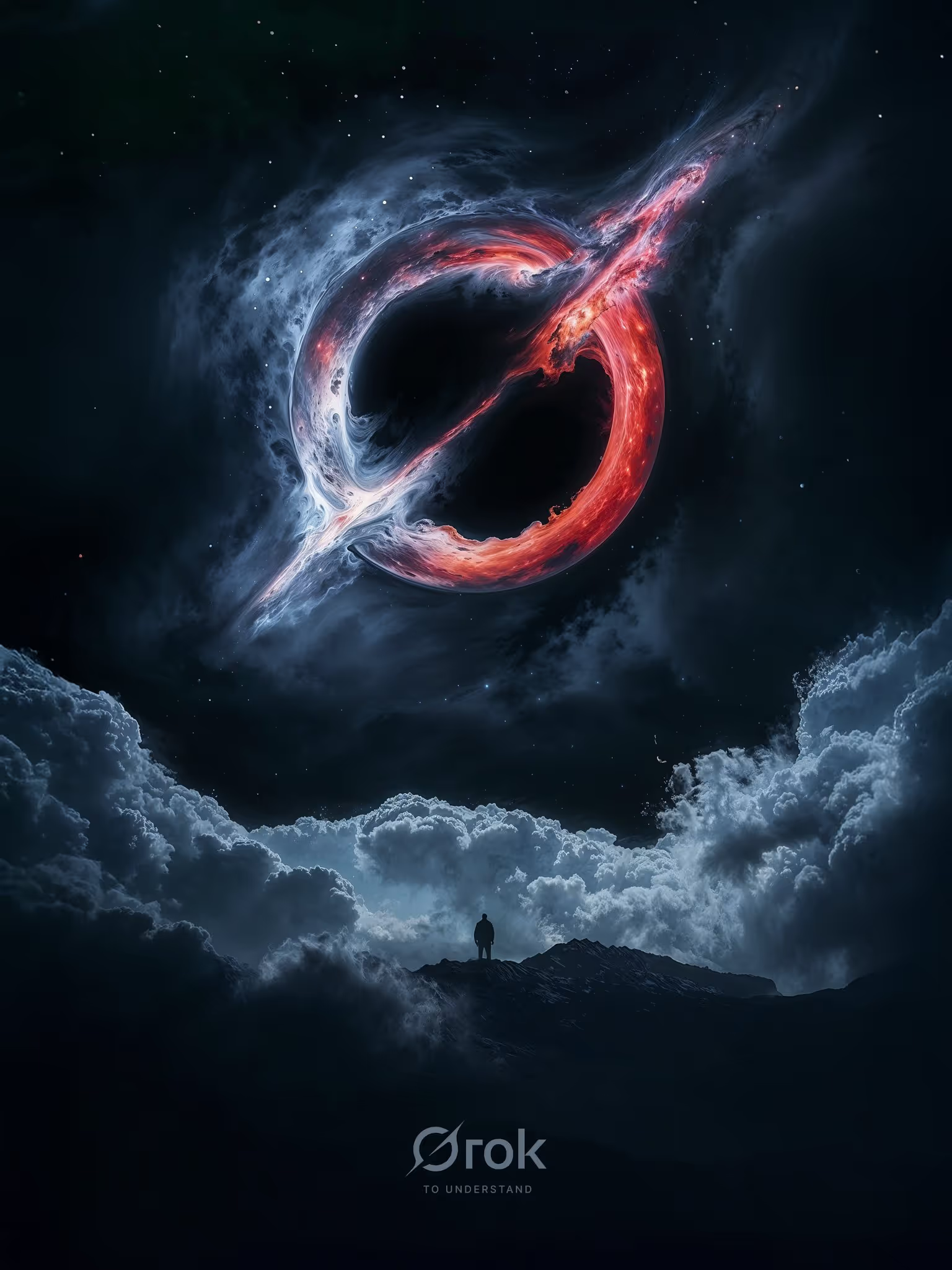
Everything about Grok (and the personality behind it) is rooted in the hyperbolic and supermassive. From the computing supercluster through to the sheer vastness of its training set – 2.7 trillion parameters as of Grok 3. And, technologically, current LLMs and their underlying neural nets are much like black holes. We can see the inputs. We can perceive the phenomena. We can't see what's happening inside. In fact the cutting edge of AI research today isn't just focused on performance improvements, but rather in trying to understand the internals of how neural networks actually work. Similar to the massive gravitational force of a black hole, current LLMs ingest vast quantities of data, then something mysterious happens, and we can only see the output of that phenomenon – truly, the chat interface is the accretion disk.
Conclusion
A lot of technology brands do a very good job of codifying their perspective, their belief system, and the value they're creating into some sort of cohesive identity – a set of symbols that come to represent their relationship with their audiences. OpenAI has done a very thoughtful job of creating a system that will unify their initiatives in a cohesive manner, without getting in the way. DeepSeek will likely continue to look like an absurdly powerful student project. However, few and far between are the brand identities that carry as much genius and meaning as the Grok logo.
It's worth noting, that neither the OpenAI nor the Grok brand design projects included any generative AI. There's a level of reasoning and intuition that, for the foreseeable future, can only come from human experience.

